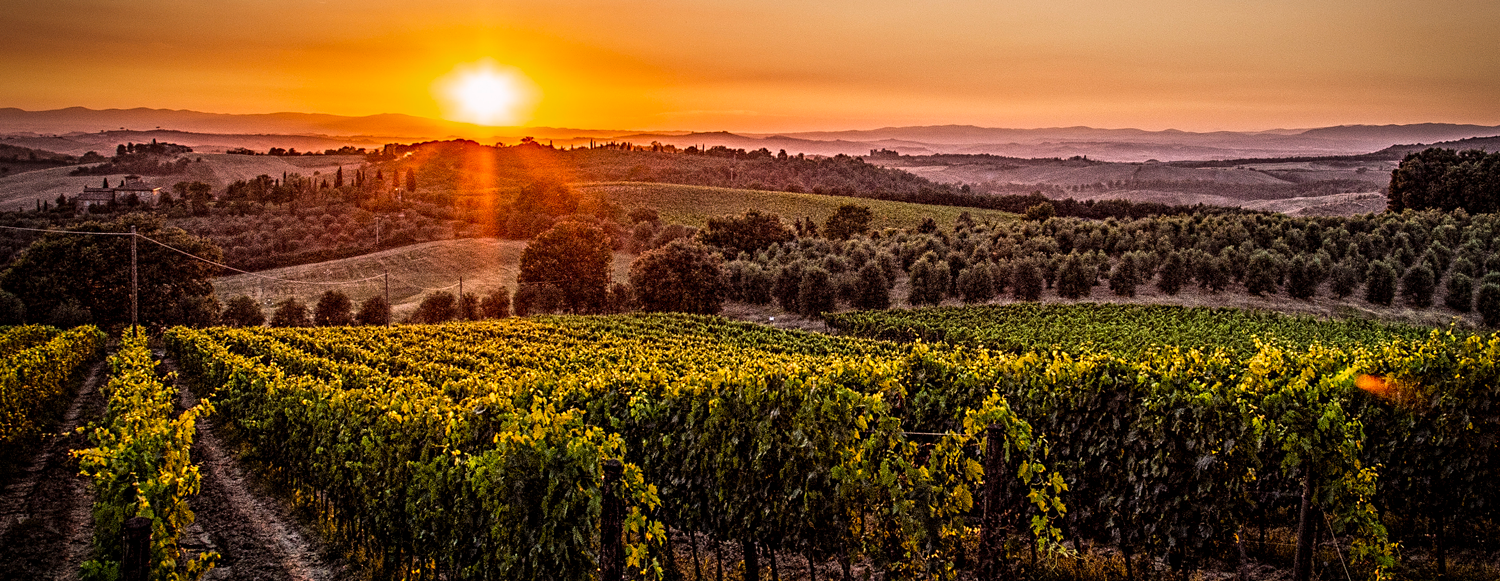
Author: Randy Hamilton
South America’s flourishing wine regions have undergone a remarkable transformation in recent years, fueled by a unique phenomenon: the artful repurposing of France’s forgotten grape varieties. Argentina has breathed new life into Malbec, Uruguay has found beauty in Tannat, and Chile has resurrected Carmenere. These South American countries have embraced these castoff grapes and, through their passion and expertise, turned them into vinous treasures that now rival their European counterparts.
Argentina: Malbec’s Resurgence and Reinvention
In the sun-drenched vineyards of Argentina, a remarkable grape found a second chance to shine. Malbec, once overlooked in its homeland of Cahors, France, has undergone a Renaissance in the high-altitude terroirs of Mendoza. Argentina’s winemakers recognized the untapped potential of this grape and seized the opportunity to create something extraordinary.
With meticulous care, they nurtured Malbec vines, exploring the diverse landscapes and microclimates of the region. The result? Malbec wines that dazzle the senses with their intense color, velvety texture, and opulent flavors of ripe blackberries. Argentina has upcycled Malbec, transforming it into an emblematic grape that showcases the country’s winemaking prowess and captures the imaginations of wine lovers around the globe.
Uruguay: Tannat’s Exquisite Makeover
While Tannat may have been a castoff in its native France, Uruguay’s winemakers saw its hidden potential. In the picturesque vineyards nestled between Argentina and Brazil, Tannat found a new lease on life, transforming into a grape of exceptional quality and character.
Uruguay’s maritime climate, combined with its distinctive terroir, lends a unique touch to Tannat. The grape, once known for its bold and tannic nature, has been tamed and refined, giving birth to elegant and sophisticated wines. With flavors of dark fruits, hints of earthiness, and refined tannins, Uruguay has upcycled Tannat, crafting wines that embody the country’s dedication to winemaking excellence and offering a fresh take on this once-overlooked grape variety.
Chile: Carmenere’s Astonishing Rebirth
Hidden among Chile’s vineyards, a secret was waiting to be uncovered. Carmenere, once mistakenly classified as Merlot, had been abandoned in its original home of Bordeaux. However, Chilean winemakers discovered the truth and set out to give Carmenere the recognition it deserved.
Carmenere found a perfect home in Chile’s diverse terroir, where it could flourish and express its true character. With Chile’s warm summers and cooling ocean influences, Carmenere blossomed, showcasing its rich flavors of black fruits, herbal notes, and smooth tannins. Chile has successfully upcycled Carmenere, turning it into a national treasure that symbolizes the country’s commitment to innovation, the revival of forgotten grapes, and its own unique winemaking identity.
South America’s wine regions have become the vanguard of a remarkable grape revolution, taking France’s discarded grape varieties and transforming them into sources of pride and distinction. Argentina’s reinvention of Malbec, Uruguay’s exquisite makeover of Tannat, and Chile’s astonishing rebirth of Carmenere have reshaped the wine landscape of the continent.
These South American countries have demonstrated their prowess in upcycling these castoff grapes, showcasing their winemaking ingenuity and their ability to harness the full potential of these varieties. By doing so, they have created wines that rival their Old World counterparts and have given new life to grapes that were once forgotten. South America’s wine treasures stand as a testament to the continent’s passion for winemaking and its ability to create something extraordinary out of the remnants of the past.
